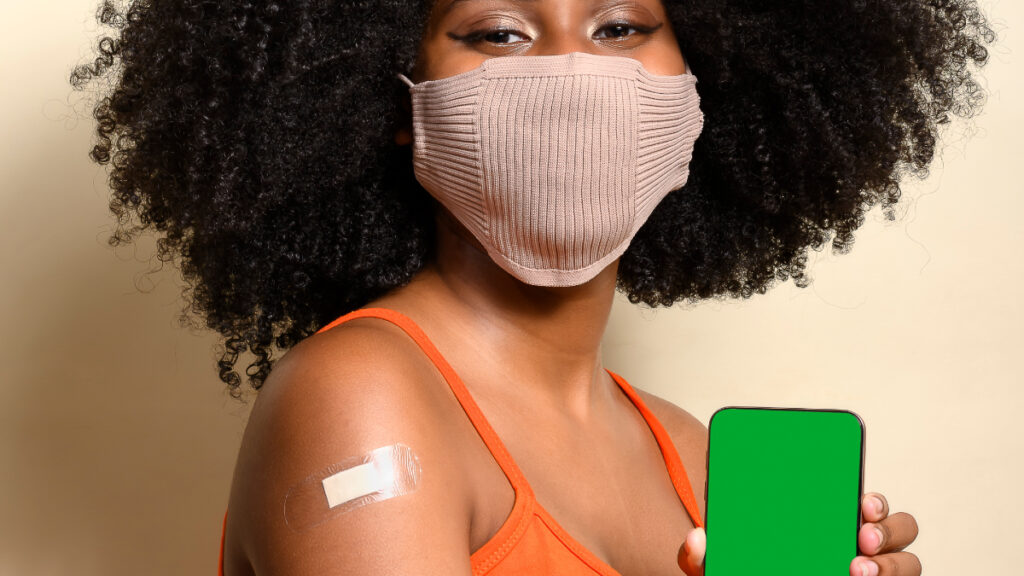Human papillomavirus (HPV) is a common sexually transmitted infection affecting different body parts. A virus causes HPV, but it is not just one virus. There are more than 100 forms of the virus, and some are deadlier than others.
Some strains of HPV cause warts on the face, feet, hands, etc., and about 30 HPV can affect the genitals, including the cervix, penis and scrotum, vulva, vagina, and the anus and rectum. Other strains can lead to cancers such as cervical cancer, cancer of the penis or anus, or neck and head cancer. People can prevent this infection from occurring through early detection and treatment.
The strain of human papillomavirus that affects the genitals is an STI (sexually transmitted infection) that gets in the body through skin-to-skin contact. Many people shiver at the thought of STIs, but most genital HPV strains, including the types that cause genital warts, are harmless.
HPV (types 6 and 11), causing the majority of cases of genital warts, are considered low-risk HPV because they do not lead to severe health problems or cancer. People living with HPV usually don’t know they have it because no symptoms are attached. Also, the infection often goes away on its own.
There is no known cure for human papillomavirus, but you can do many things to prevent infection from negatively impacting your health. Though dental dams and condoms can help lower your chances of having HPV, however, they do not offer complete protection.
HPV vaccines are available to help prevent you from ever having certain types of infection. Warts are not fun, so you should take them seriously by contacting a doctor. A doctor can do the removal of genital warts. Treatment for high-risk HPV can quickly be done before it becomes cancer, making it crucial for regular Pap/HPV tests.
Risk factors of HPV
Human papillomavirus (HPV) can infect anyone if they have close skin-to-skin contact or sex with a partner with the virus. Likewise, anyone with the virus can spread it to their partner during anal sex, oral sex, intercourse, or close genital contact. Risk factors that increase the occurrence of HPV include;
- Not having the HPV vaccination
- Having sex without using barrier protection (e.g., condom, dental dam)
- Having several sexual partners
- Contact with surfaces or warts where HPV exposure has happened
- Having sexual intercourse with someone who has had various sexual partners
HPV in Women
Typically, HPV constitutes the most significant risk to women because high-risk HPV can progress to cervical cancer if not detected and treated early. Two tests: pap smears and HPV test, can detect precancerous cells early to prevent cervical cancer. Genital warts can also appear in people who are AFAB, caused by harmless forms of HPV.
HPV in Men
In men, HPV can cause genital warts and may lead to penis, head, anus, and neck cancer. Though genital warts may clear on their own, HIV-positive people may find it hard to fight HPV infections. A person with a penis who has sex with other people with penises may be at a greater risk of contracting high-risk HPV strains that can progress to cancer. Therefore, regardless of your reproductive anatomy, it is imperative to prevent the spread of HPV by practicing safe sex and getting vaccinated.

